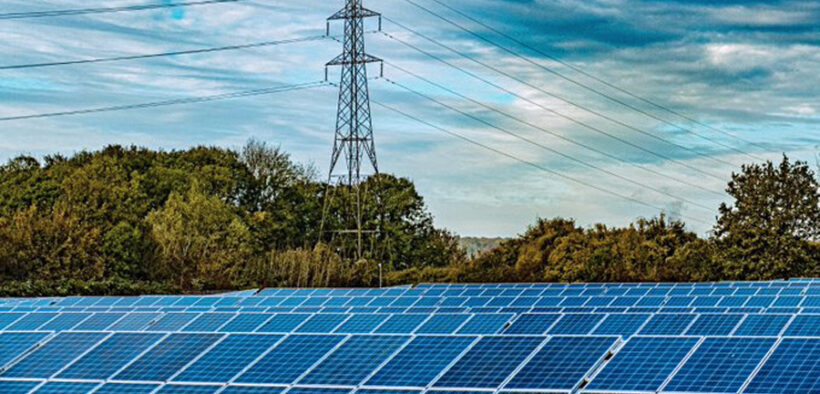Report: $12B in relief should boost Puerto Rico’s progress, clean energy shift

The U.S. Congress Joint Economic Committee Democrats has released a report outlining the potential for economic growth in Puerto Rico through investment in clean energy infrastructure.
The committee, which has acted as a bicameral economic think tank since its establishment in 1946, released the report through Sen. Martin Heinrich of New Mexico, who chairs the committee and has served on the Energy and Natural Resources Committee overseeing related matters in Puerto Rico.
The report emphasizes the importance of modernizing the island’s energy grid with the $12 billion appropriated by Congress, but notes that the relief funding “has not yet resulted in comprehensive changes to the system.”
“By unlocking this funding and ensuring that it is directed toward a new system based on renewable energy, the federal government can help Puerto Rico become a leader in the clean energy transition,” the report says of the investment, which aligns with the island government’s goal of achieving 100% renewable energy dependence by 2050.
According to the report, “A more resilient energy system that uses cleaner, domestically produced sources will protect communities’ health and wellbeing, and provide a strong foundation on which Puerto Rico can further build a future of strong and more equitable economic growth.”
The report reflects on Puerto Rico’s history as an economic growth leader from the 1950s to the 1990s, attributed to federal investment in infrastructure and a shift towards hydroelectric dams. However, changes in global trade and U.S. tax law in the 1990s slowed this growth.
The introduction of new free trade agreements and the end of federal tax incentives led to a shift in the manufacturing sector off the island. Despite these challenges, the island’s economy still heavily relies on manufacturing, particularly in medical goods and devices and the emerging aerospace industry.
A significant barrier to growth has been high energy costs, with Puerto Rico’s prices exceeding those of any U.S. state except Hawaii and Alaska. Currently, the island faces high energy costs due to its reliance on imported fossil fuels.
Decades of hurdles
The costs are much higher than the U.S. average, with residential, commercial and industrial rates in Puerto Rico being 37%, 63% and 168% higher, respectively. Renewable energy infrastructure could reduce these costs and support economic diversification, the report argues.
Compounding these challenges, the island faced a sharp increase in public debt after the mid-1990s, leading to a declared “unpayable” debt in 2015. In 2016, the Financial Oversight and Management Board (FOMB) was created to restructure the debt, which threatened to increase energy costs and hinder future growth.
Puerto Rico’s situation was further worsened by natural disasters, including hurricanes Maria and Irma in 2017 and a 6.4-magnitude earthquake in early 2020, which caused extensive damage to the island’s infrastructure, including its energy grid.
The report concludes with optimism for Puerto Rico’s clean energy transition, supported by studies from the U.S. Department of Energy’s Grid Deployment Office, which found that renewable energy sources like solar and wind are more cost-effective and could enhance energy resilience. Additionally, a distributed system of renewable energy sources would enhance energy resilience, especially in the face of natural disasters.
“Strong growth in this sector offers the opportunity to build more Puerto Rican owned renewable energy businesses, initiate job growth that prioritizes the hiring of Puerto Ricans, protect the wellbeing of local communities, and help secure a new path of economic progress,” the report concludes.
It also aligns with global efforts to combat climate change and transition towards sustainable energy sources. The emphasis on clean energy infrastructure investment in Puerto Rico sets a precedent for similar initiatives in other regions, highlighting the importance of renewable energy in fostering economic growth and sustainability









